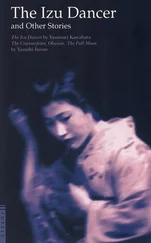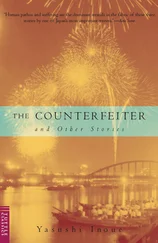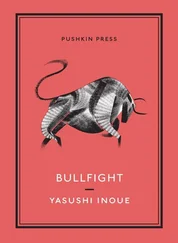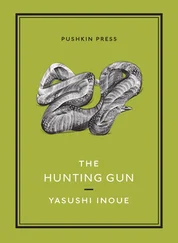58. Spring.
59. Summer.
60. Rice paper sliding door.
61. Japanese traditional dance. Main actors wear a mask to hide human expression and feeling.
62. Shinshu and Shinano are synonymous. The modern name is Nagano Prefecture.
63. Takeda Harunobu and Nagao Kagetora (later Uesugi Kenshin) maintained a respectful relationship although they were enemies. A well-known story is that, at one time, when Takeda faced an embargo of salt from other provinces, Uesugi Kenshin sent a large amount of salt to Takeda saying that the samurai should always be fair and sincere to others. When hearing of Takeda’s death later, Uesugi lamented with tears saying that he had lost a worthy opponent.
64. Area along the Kiso Mountain Range and Kiso River in Shinano Province, which is west of Takeda’s province of Kai.
65. This was a common practice for samurai to get out of the secular life strategically, for whatever reason. This did not mean giving up life as a samurai.
66. Daisojyu is the highest rank of Buddhist priests.
67. Takeda Shingen held good relations with both the Imagawa Clan in Sugaru and the Hojo Clan in Sagami through the use of hostages.
68. This title is given by the emperor in Kyoto.
69. Up until the Tokugawa era (1868) high ranking samurai received new names on various occasions, such as reaching adulthood, receiving new rank, renouncing the priesthood, at the time of death, and so on.
70. Province of Sagami; territory of the Hojo Clan; Odawara is the headquarters of the Hojo; today’s Kanagawa Prefecture.
71. North of the province of Shinano facing the Japan Sea; Uesugi Kenshin (Nagao Kagetora)’s territory; today’s Niigata Prefecture.
72. Sanskrit word meaning Titan.
73. An alcove made in the wall of one side of a room to view a garden, a hanging screen, a flower arrangement, etc., originated in the fourteenth century.
74. Princess Yuu’s name after death, chosen by the Buddhist priest.
75. Area east of Kiso along the Tenryu River.
76. Area in the province of Kouzuke, today’s Gunma Prefecture.
77. Area in the province of Musashi, today’s Saitama Prefecture.
78. The name of the Japanese era changed after the death of every emperor.
79. New imperial era from 1555 to 1557.
80. One of the three large rivers in the province of Shinano. The Tenryu River runs parallel to the Kiso River. It runs into the Pacific Ocean via the province of Totomi.
81. New imperial era from 1558 to 1569.
82. Japan was conquered by the first Shogun (military commander) in 1192 (Kamakura Period), Minamoto Yoritomo. The Shogun’s position was hereditary and had to be legitimized by the emperor. The government run by the Shogun was called the Shogunate. Japan was managed by the Shogun and the Shogunate for about 700 years, except during the time of the warring era up to the time of unification.
83. The thirteenth Ashikaga Shogun, Yoshiteru, resided in Muromachi, Kyoto. The era under Ashikaga Shogunate was also called the Muromachi era. The last Ashikaga Shogun (the fifteenth Shogun) was exiled by the first unifier of Japan, Oda Nobunaga, in 1573.
84. During the warring era the Ashikaga Shogunate (1338–1573) existed, however, it did not possess any particular power at all except ceremonial power, such as nominating daimyo (rural lords) at the request of the emperor.
85. Peasant rebellions led by the group of the Buddhist believer, Ikko, were a common incident in the warring era. Peasants were not happy at being taken advantage of by the samurai, and, using weapons picked up from the battlefields, they rebelled against them.
86. Kai means ocean and zu means where the water flows.
87. Many Japanese shrines bear this name. It means that the shrine was built for the Oujin Emperor (fifteenth emperor of Japan according to Japanese mythology, Nihon Shoki). Under his era (270 to 310 BC), the power of Japan improved dramatically; therefore he became a protective god of the samurai.
88. Kongo is the location where the best-known Hachiman Shrine exists. This is where the spirit of the protector of the samurai comes from.
89. Capital of the province of Sagami. Takeda’s daughter was married to the son of the Hojo family in Sagami.
90. Central districts of Japan such as Kai, Shinano, Sagami, Suruga, etc.
91. North of Kanto district.
92. This was done to support his daughter’s family in Sagami.
93. Both Tomikura Sunset Point and Iiyama are close to the border between the provinces of Echigo and Shinano, along the Chikuma River.
94. Signal Flare Mountain.
95. The Five Mile Mountain Range.
96. Takeda Shingen’s brother was guarding the forefront at the main camp, Yahatahara.
97. Shingen’s legitimate and eldest son.
98. Uesugi Kenshin had renounced the world and entered the priesthood at a young age and stuck to his principles not to associate with women.
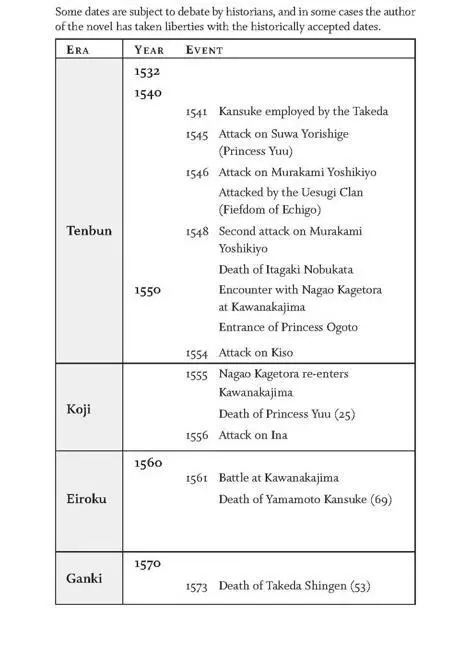
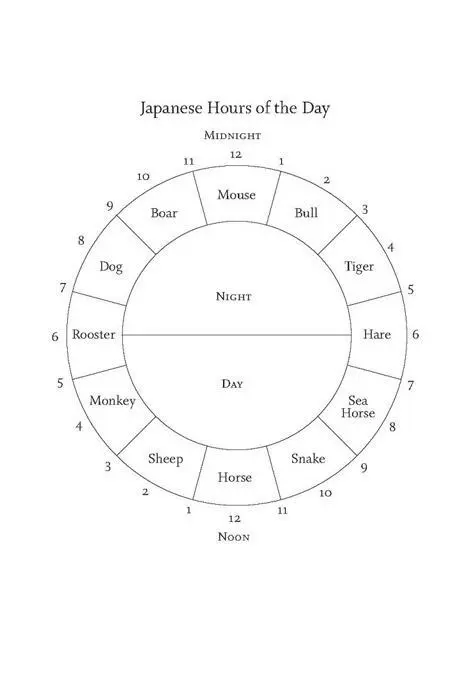
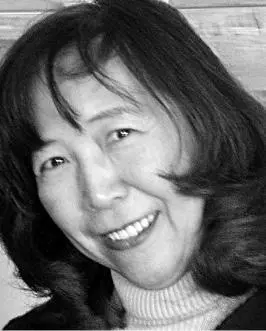
Yoko Riley teaches at the Department of Germanic, Slavic and East Asian Studies at the University of Calgary, Calgary, Alberta, Canada.
She has specialized in the area of Japanese Civilization and, in particular, the recent Sengoku Era (Warring, 1467–1563, and Unification Era, 1560–1600) and the Tokugawa Era (Shogunate Era 1600–1868) periods and their developmental influence on today’s Japanese culture, society, and economic and organizational structures. This explains her interest in the works of Yasushi Inoue.
She has developed and teaches courses on Japanese Civilization, Japanese Film, and the Japanese Language. She has co-authored two Japanese language textbooks: InteractiveJapanese 1 & 2 , UTI, and was a contributing author to a collection of Faustian articles titled Faust as Icon of Modern Culture (Helm Information, 2004). Her essay, “Faust through the Eyes of a Japanese Cartoonist,” deals with the great Japanese cartoonist/Manga writer Osamu Tezuka’s three little known, yet successful, attempts at interpreting Goethe’s Faust to Japanese audiences.
Yoko Riley has two adult children and lives in Calgary, Alberta, with her Japanese Shiba, Sachi, and her husband Mike.





